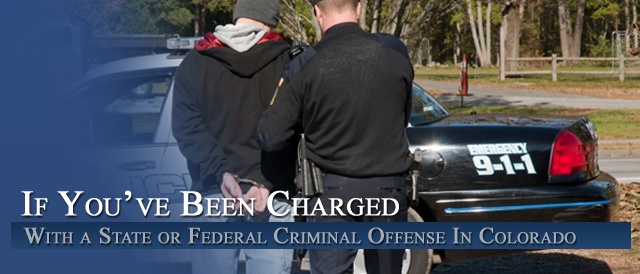




Fingerprint Evidence
A brief explanation of the techniques involved in gathering and using fingerprint evidence.
In this day and age of high-tech crime-solving methods, especially DNA typing, the lowly art of fingerprint identification sometimes seems lost. In fact, fingerprint evidence is highly reliable and particularly accessible to juries: You don’t need a Ph.D. or a scientific lecture on genetics to understand that your own fingers contain a contour map of ridges and whorls that is completely unique. And unlike the theories behind DNA matching, no one seriously doubts this assumption.
Fingerprints were first used in the United States by the New York prison system in 1903. Today, the FBI has a collection of prints that numbers in the millions.
Police officers can use fingerprints to identify defendants and crime victims if a print matches one already on file. People’s fingerprints can be on file for a variety of reasons. For example, people may be fingerprinted when they are arrested, or when they join certain occupations. And it is increasingly popular for parents to ask local police departments or schools to fingerprint their young children, a grim reminder that children who are abducted or are the victims of other heinous crimes often cannot be identified otherwise.
Fingerprint evidence rests on two basic principles:
- a person’s “friction ridge patterns” (the swirled skin on their fingertips) don’t change, and
- no two people have the same pattern of friction ridges.
Because judges normally accept these principles as true, parties seeking to offer fingerprint evidence at trial do not have to convince the judge of the validity of the methodology underlying fingerprint evidence.
|
Other Articles of Interest:
- Fingerprint Evidence
- Overview
- Colorado Criminal Law – Criminal Histories and Teacher – Instructor – Social Services Applications And Other Background Checks
- Criminal Histories and Background Checks – A Tough Road
- Restoration Of Gun Rights In Colorado And Pardons – Don’t Hold Your Breath












